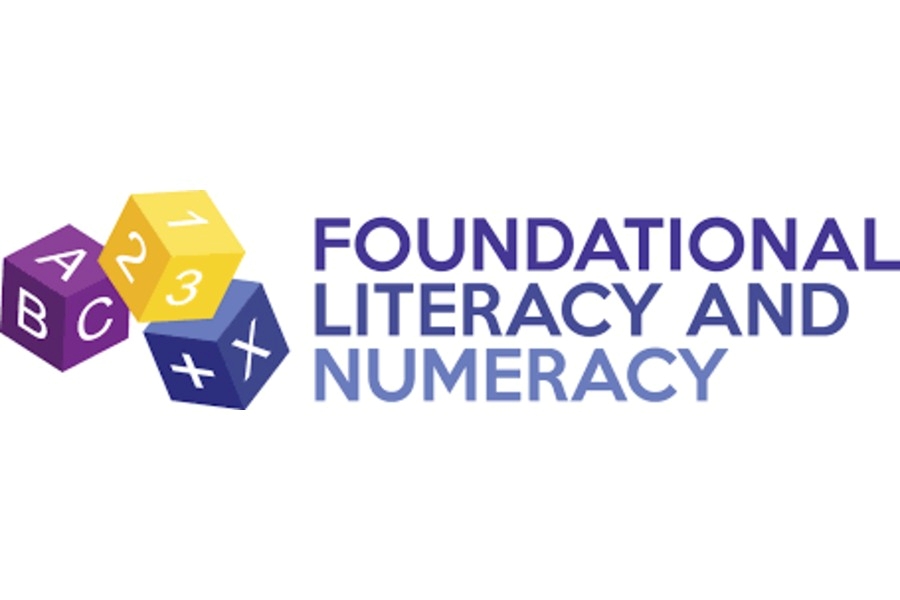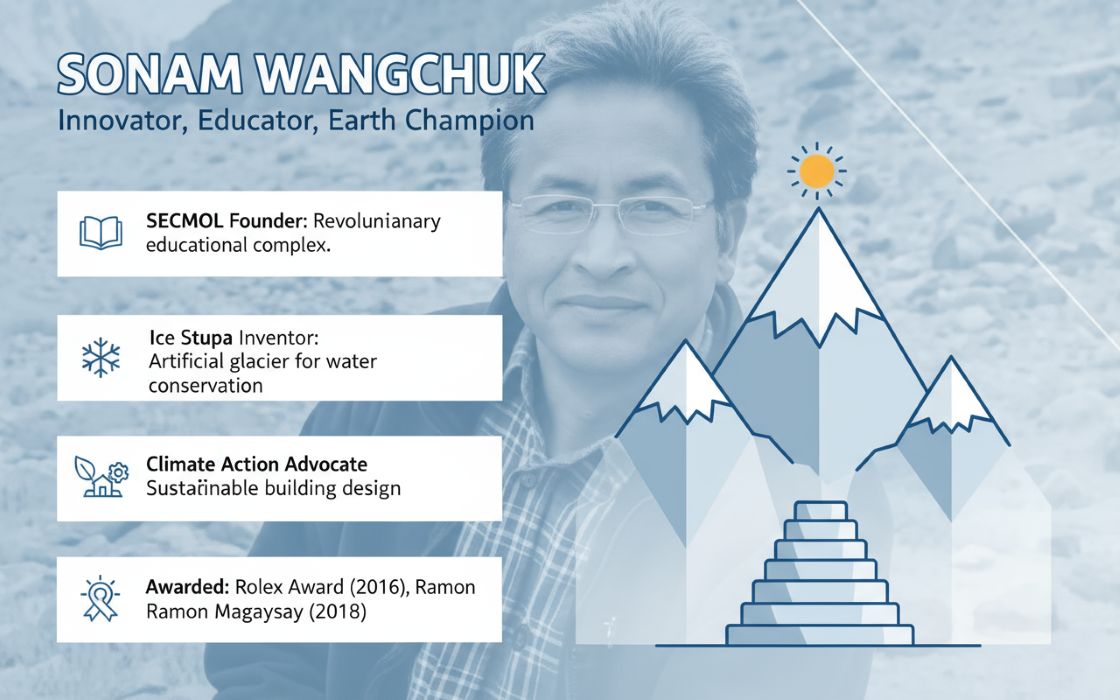As climate action and environmental responsibility take center stage globally, forward-thinking companies are redefining how business can align with sustainability. From circular packaging to net-zero targets and ethical sourcing, the journey is no longer about compliance—it's about transformation.
In this exclusive conversation with TheCSRUniverse, Mr. Amit Bhasin, Chief Legal Officer, Group General Counsel, and Secretary of the CSR Committee at Marico Limited, shares how the company is embedding sustainability into every layer of its operations. From the COMMIT model’s impact on emissions and packaging, to the Samyut framework guiding responsible sourcing, and Marico’s role in collective platforms like the India Plastics Pact—the interview offers a comprehensive look at how strategic alignment and legal leadership are propelling the company toward its ambitious environmental goals.
Scroll down to read how Marico is balancing growth with green innovation—and what it means for the future of sustainable business in India and beyond.
Q. Marico has committed to achieving 100% recyclable packaging by 2027. What challenges and innovations are involved in phasing out PVCs and scaling up the use of post-consumer recycled resin (r-PCR) within legal and operational constraints?
A. In phasing out PVCs and scaling up the use of post-consumer recycled resin (r-PCR), the primary challenge in India’s plastic waste management is the recycling infrastructure. The lack of efficient systems for collecting and transporting plastic waste from households, commercial establishments, and industries hinders recyclers’ access to necessary waste.
The second challenge is also sourcing high quality recyclable materials. These materials are often limited in availability and subject to regional variability in quality, which can impact the performance and durability of packaging, critical for maintaining product integrity in the FMCG sector. Moreover, integrating these materials into our existing manufacturing lines is not always seamless. Recycled plastics behave differently from virgin plastics, often necessitating adaptations in production techniques and even investment in new technologies to maintain product standards
To address these issues, we have adopted a multifaceted strategy. Our ‘Upcycle’ program is designed to embed circularity principles across our packaging value chain. This includes a focused push on dematerialization—reducing material usage through lightweighting and design optimization enabled by digital technologies. We have also identified 10 opportunity levers to drive progress across recyclable material adoption, design innovation, waste minimization and supply chain resilience. In the last three years, we have made significant progress, collecting and scientifically disposing/recycling 75,119 tonnes of plastic waste (EPR), and reducing PVC usage to less than 0.05% across our packaging portfolio. Our goal is to achieve 100% recyclable packaging, over 30% recycled content in non-food plastic packaging (as per regulation) by FY30. To accomplish this, we are exploring ways to incorporate recycled plastics, leveraging opportunity levers like material circularity, design efficiency, and end-of-life recovery.
Q. Can you elaborate on how the COMMIT model is operationalized across your manufacturing units? Specifically, how does it support circularity in packaging and Marico’s net-zero emissions target by 2040?
A. The COMMIT framework—focused on Conserving energy and meeting Net Zero Targets, Offsetting water consumption, Managing sustainability footprints of products, Mitigating environmental risks in Operations and Value Chain, Integrating circularity into packaging, and Transforming value chain sustainability—guides our on-ground action to futureproof natural assets and accelerate responsible growth. This framework was designed to proactively address risks related to climate change, air and water quality, waste management, and biodiversity. The COMMIT model helps us in futureproofing of natural assets across our operations and our stakeholder’s ecosystem.
Under the COMMIT model, our manufacturing units operationalize circularity and net-zero emissions through a multi-faceted approach. On the path to net zero, we are advancing energy efficiency, scaling renewable energy across sites, and investing in low-carbon technologies while also creating local carbon sinks through afforestation. At the same time, COMMIT is fuelling packaging transformation by embedding circular design principles into our processes. We are phasing out non-recyclable materials like PVC, expanding the use of post-consumer recycled plastics in non-foods portfolio and reimagining packaging through lightweighting and design innovation. Initiatives like life cycle assessments and our ECOINDEX ensure that every packaging decision balances performance with environmental impact. We drive circularity in packaging with an aim of achieving 100% recyclable packaging by 2030 and incorporating at least 30% post-consumer recycled plastic (r-PCR) into our packaging portfolio where applicable. We have already achieved 95.10% recyclable packaging by weight across product portfolios in FY25. In the last 3 years, we have eliminated over 517.5 tonnes of virgin plastic from our packaging system and avoided more than 1,690 tonnes of carbon emissions through packaging innovations.
Q. As a founding member of the India Plastics Pact, how is Marico leveraging collective industry platforms to accelerate system-wide change in the plastics value chain, and what outcomes have been seen so far?
A. As a founding member of India Plastics Pact, we leverage collective industry platforms to drive system-wide change in the plastics value chain. The Pact provides a robust roadmap to 2030, aimed at achieving ambitious yet measurable targets by fostering business innovation and strategic partnerships. Through engagement, research, co-creation workshops, and knowledge-sharing, it enables member organizations to scale sustainable plastic solutions that go beyond compliance.We collaborate with peers, policymakers, and innovators to co-create a circular plastics economy for India. The Pact has outlined a 2030 roadmap for achieving quantifiable and aspirational targets by accelerating business innovations through strategic alliances for scaling up the sustainable plastic agenda for India Inc. through engagement, research, workshops, and co-creation activities. Marico’s strategy towards achieving its targets under the goal of Circular Economy, is closely aligned with the Pact’s vision of a circular plastics economy, eliminating unnecessary packaging, promoting reusable formats, and enhancing recyclability. In doing so, we are also contributing to broader climate goals, as the Pact drives reductions in fossil-derived plastic use, increases recycled content, and improves end-of-life management to mitigate greenhouse gas emissions.
Q. Your Samyut Responsible Sourcing Framework focuses on Environmental Stewardship, Ethical Responsibility, and Social Accountability. How are suppliers evaluated and incentivized to align with this framework?
A. Our suppliers are evaluated through the Samyut framework, a Responsible Sourcing Framework built on Environmental Stewardship, Ethical Responsibilities, and Social Accountability. The Samyut framework assesses suppliers through a maturity-based roadmap with capacity building and voluntary commitment declarations (Level 1) and independent risk-based external audits (Level 2). By 2030, we aim to certify 100% of critical suppliers under Level 1 and 50% under Level 2. Independent auditors evaluate supplier practices, identifying risks and areas for improvement, enabling us to work collaboratively with partners to drive positive sustainability outcomes. Currently, 93% of critical suppliers are certified under Level 1 and 32% under Level 2 of the Samyut framework.
Q. How is Marico tracking and reporting on its environmental KPIs such as energy usage, GHG emissions, and water footprint across global operations? Are there third-party verifications or ESG benchmarks guiding this process?
A. Marico follows a structured and robust process to track and manage its environmental KPIs, including energy consumption, GHG emissions, and water footprint, across its global operations. Each manufacturing unit and key facility reports data regularly into a centralized ESG data management system. This system allows for consistent monitoring, comparison against internal targets and integration of sustainability performance into operational decision-making. Our reporting frameworks are aligned with globally recognized standards including SEBI mandated BRSR, global frameworks such as GRI PLUS (2021), GHG Protocol etc.
To ensure transparency and credibility, Marico’s BRSR Core parameters undergo third-party verification in accordance with assurance standards like ISAE 3000. We also undertake external Limited Assurance on Scope 3 GHG emissions.
Q. To what extent are sustainability and circularity now embedded into Marico’s core business decisions—especially in procurement, product development, and packaging design?
A. Sustainability and circularity are deeply embedded into our core business decisions, driving our procurement, product development, and packaging design.
For procurement, Marico has embedded sustainability into its sourcing practices through the Samyut Responsible Sourcing Framework, which emphasizes environmental stewardship, ethical responsibilities, and social accountability.
Sustainability is a core focus in Marico’s product innovation strategy. Our top five brands are aligned with the UN Sustainable Development Goals (UN-SDGs) and are required to annually measure and disclose their sustainability impact.
We are committed to minimising overall plastic usage by exploring alternative packaging materials and optimising designs to use less plastic, without compromising on the quality of our packaging. We are researching recyclable, reusable, and compostable plastic packaging solutions to minimize virgin plastic use and foster a circular economy. By incorporating recycled plastic into our packaging, we aim to reduce our environmental impact and give new life to plastic waste. We strive to achieve 100% recyclable packaging by 2030, focusing on sustainable packaging initiatives and promoting circularity to reduce our carbon footprint.
Q. What role does legal and compliance leadership—particularly the CSR Committee—play in ensuring accountability and cross-functional alignment on Marico’s sustainability goals?
A. Our governance structure integrates environmental responsibility through leadership-driven initiatives and cross-functional accountability, with a Sustainability Committee led by MD and CEO Saugata Gupta and supported by selected CXOs. The Committee’s proceedings and decisions are instrumentalized by a 10-member Global ESG Council. This council aligns our environmental, social, and governance goals with our strategic vision, ensuring sustainability is core to decision-making. Our Board provides guidance on implementing robust sustainability governance and best practices.
Q. With increasing regulatory pressures and consumer awareness, how is Marico balancing its business growth ambitions with the push for environmentally conscious product lines?
A. We are balancing business growth ambitions with environmentally conscious product lines by integrating sustainability into our core principles, ensuring alignment across the organization, and setting tangible, measurable goals that span yearly and multi-year timelines. We track and assess these goals regularly, prioritizing sustainability across the organization. We believe sustainability creates long-term value, enhancing our reputation, building stronger brand equity, attracting top talent, and fostering deeper customer engagement. By being committed to sustainability, we are addressing financial concerns and driving impactful interventions in key areas like net-zero emissions, responsible sourcing, and water stewardship, ultimately benefiting all stakeholders.
Q. Given Marico’s global footprint, how do you adapt sustainability targets across markets with differing waste management infrastructure and environmental regulations?
A. At Marico, our approach to sustainability is guided by a unified vision, yet sensitively tailored to the unique environmental realities of each market we operate in. While our overarching goals—such as reducing plastic intensity, enhancing recyclability, and driving circularity—remain consistent globally, we adapt implementation strategies based on the maturity of local waste management systems, regulatory landscapes, and availability of recycling infrastructure. We work closely with regional stakeholders, including local governments, waste management partners, and industry coalitions, to design context-specific interventions that align with both our sustainability roadmap and local environmental needs.
In regions with advanced waste management systems, we accelerate initiatives like incorporating post-consumer recycled content in non-food portfolios and closed-loop recycling. In markets with evolving infrastructure, we focus on capacity building, local partnerships and awareness programs to strengthen circularity from the ground up. This adaptive model allows us to stay aligned with local regulations, address on-ground challenges and drive meaningful impact while progressing toward our global sustainability targets.

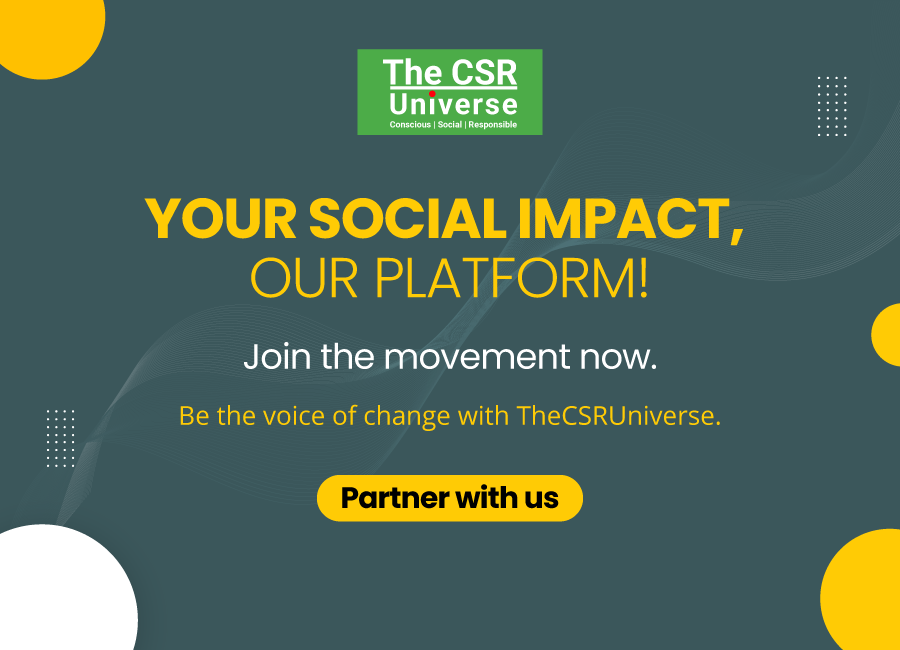

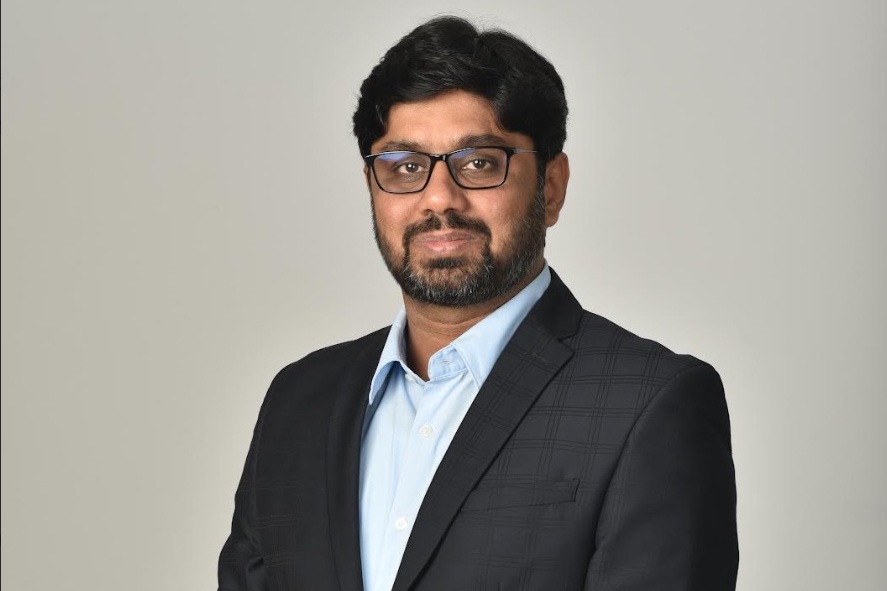
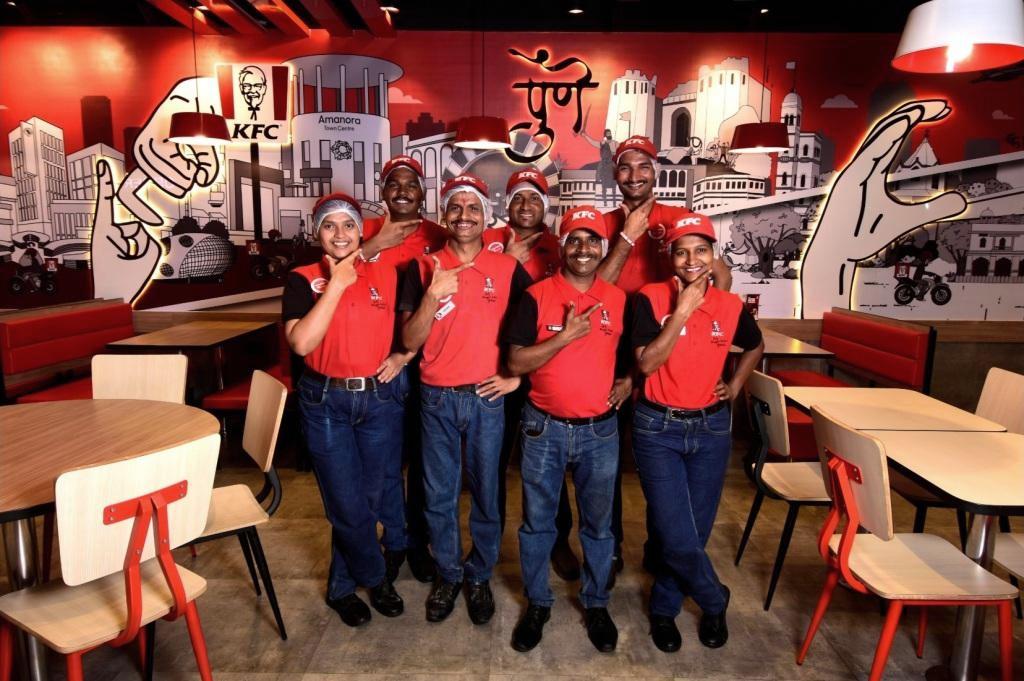

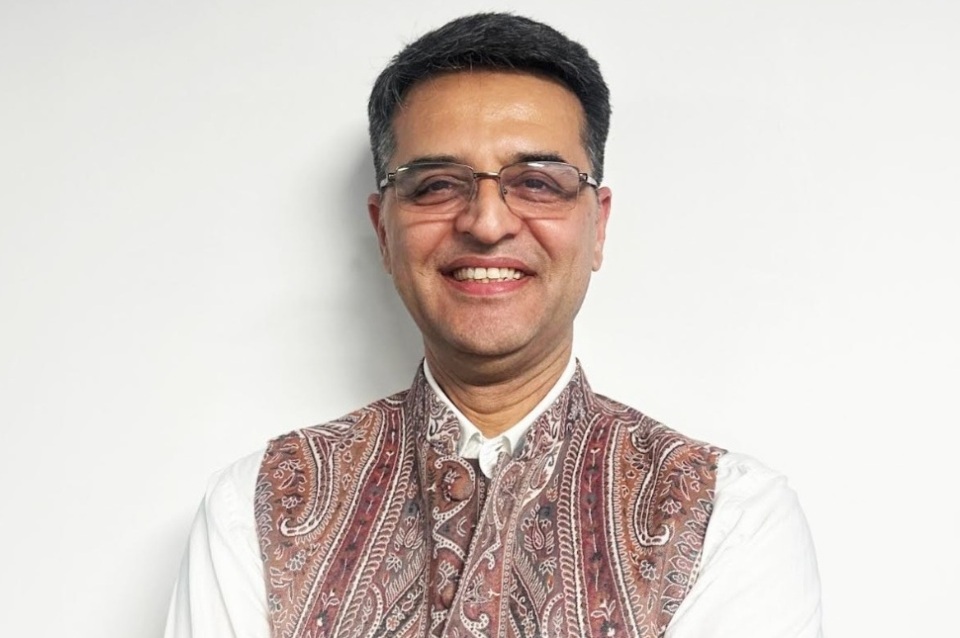
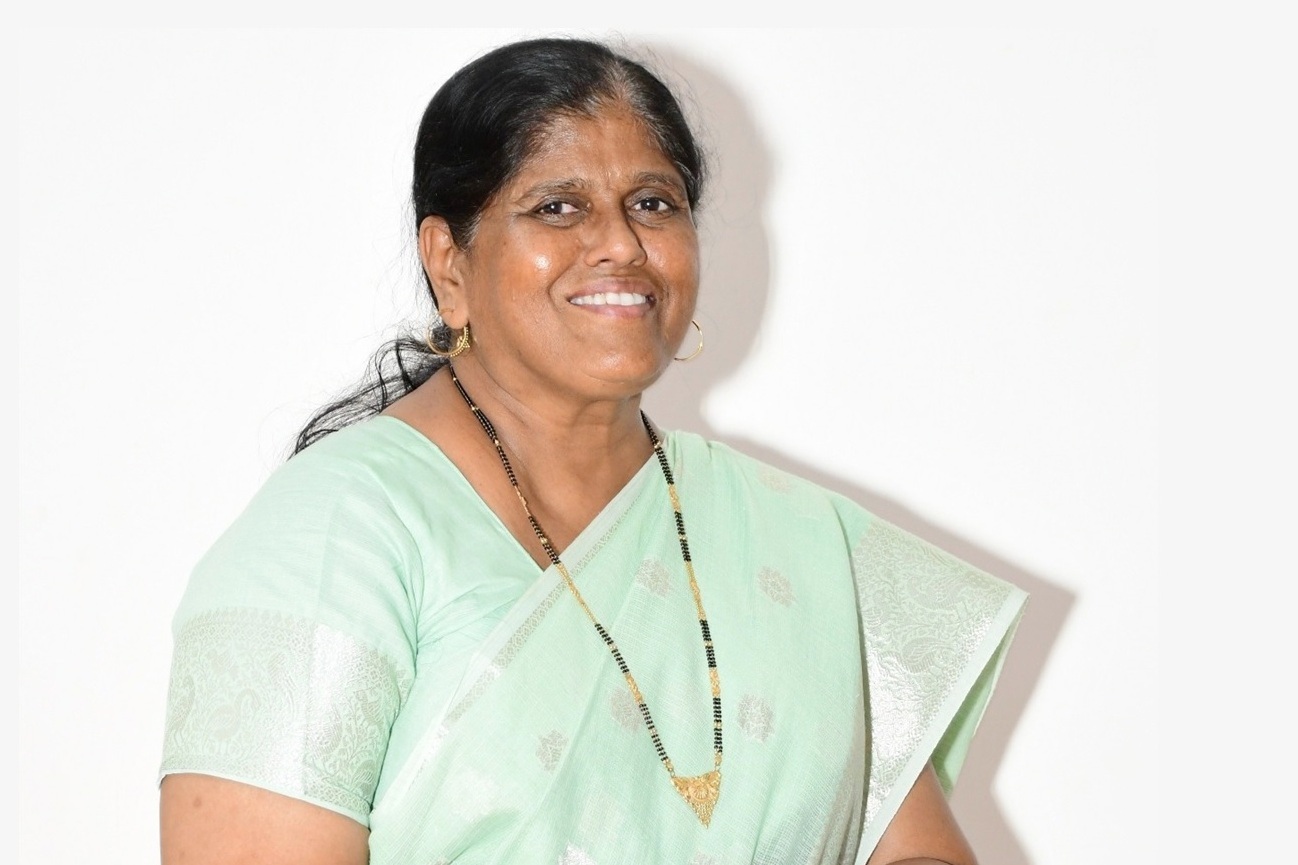


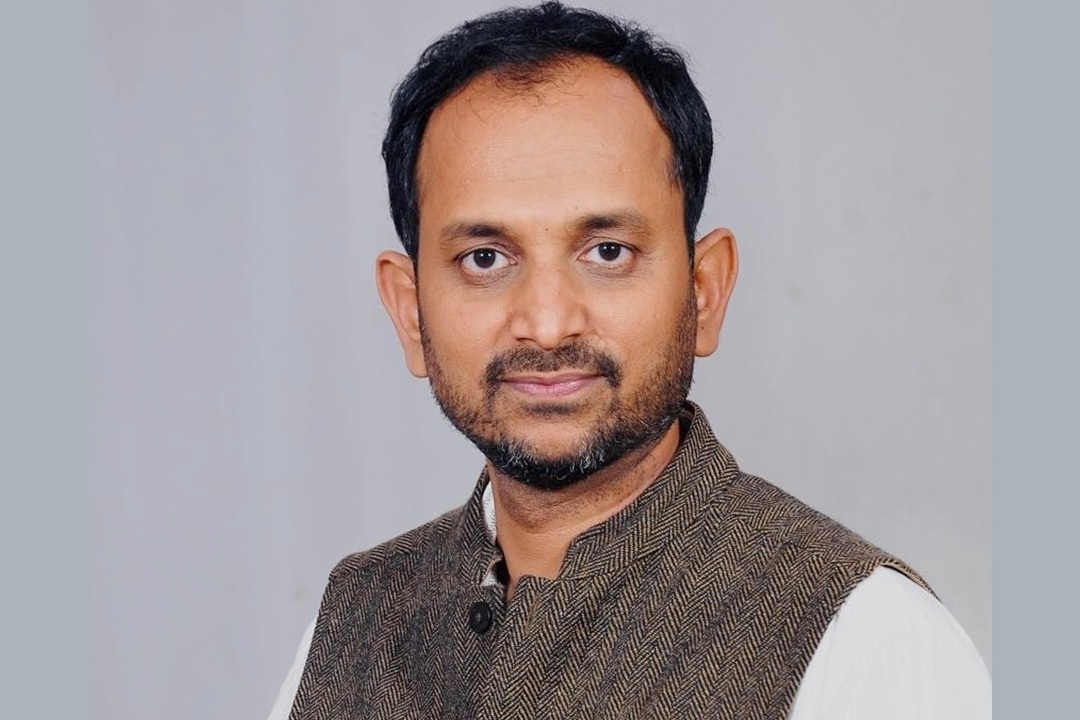
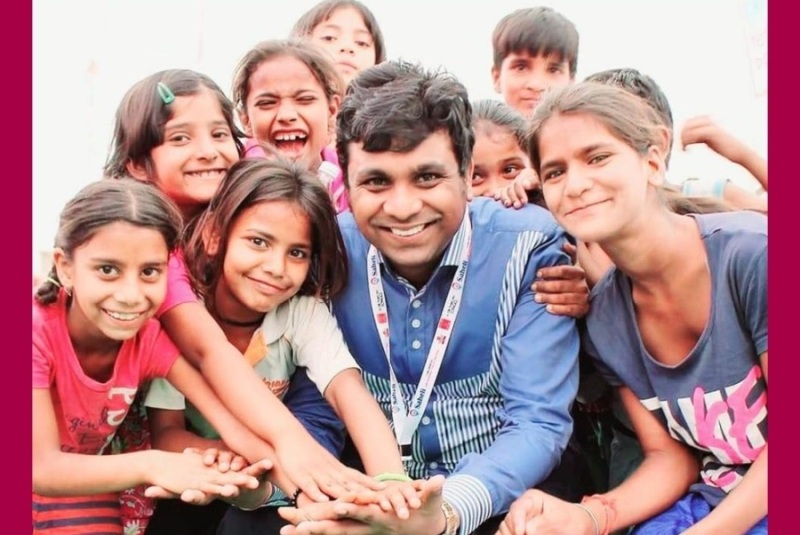
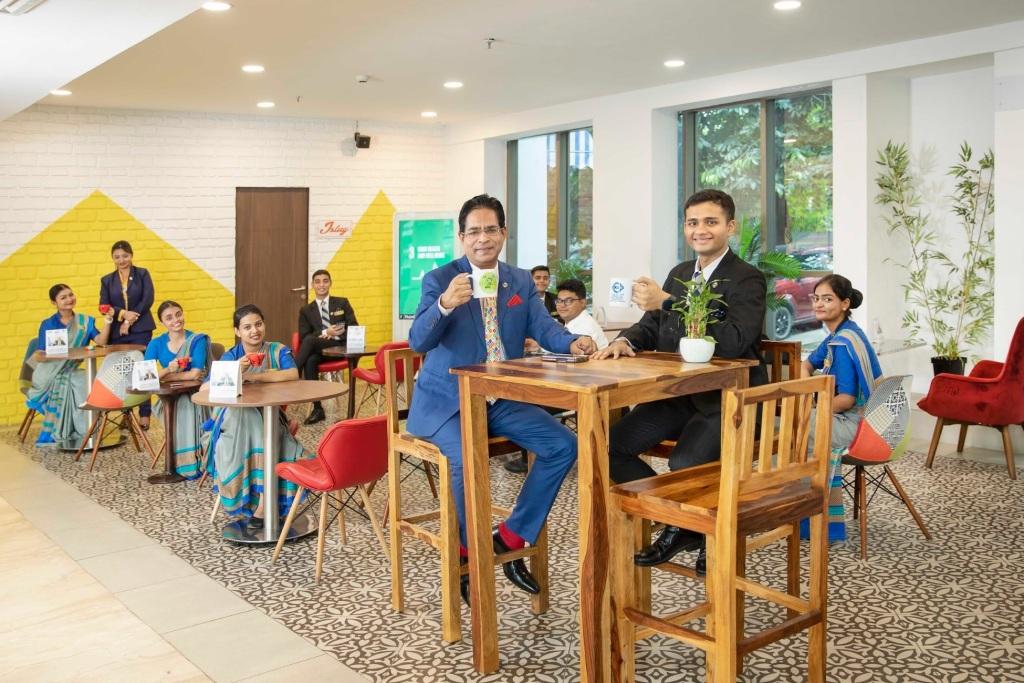
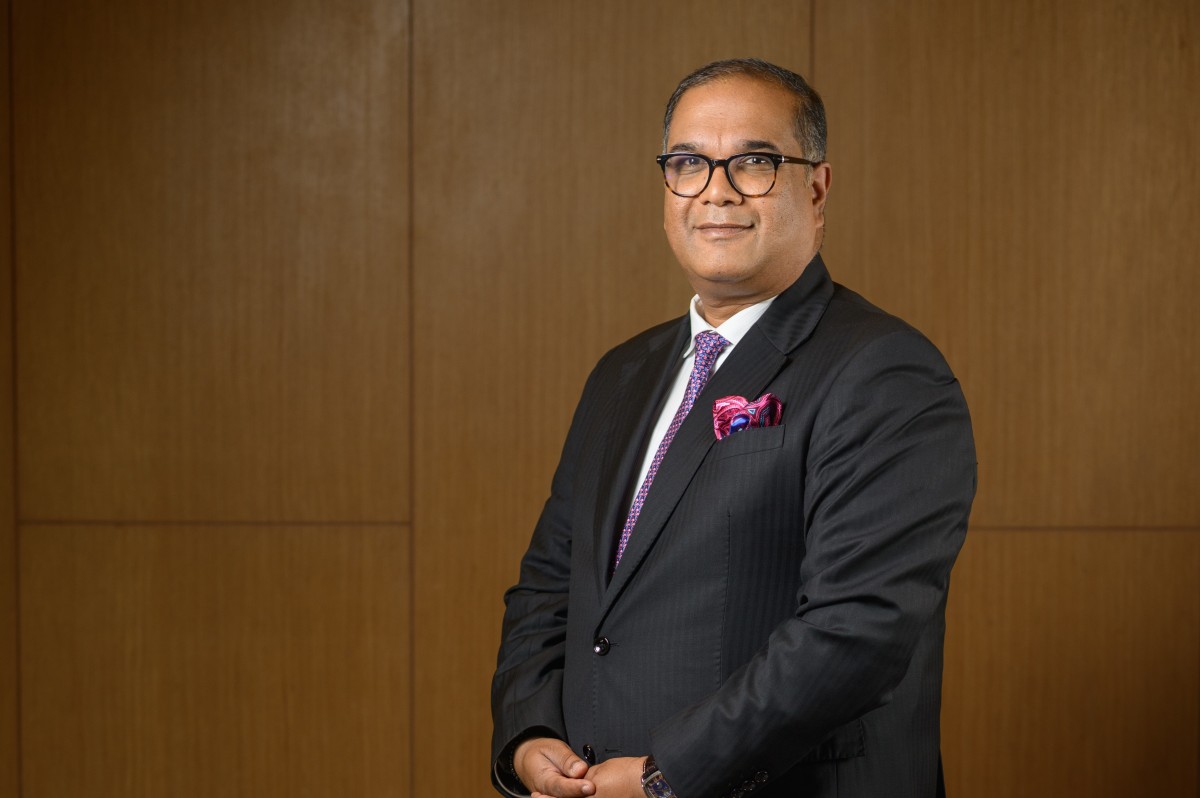
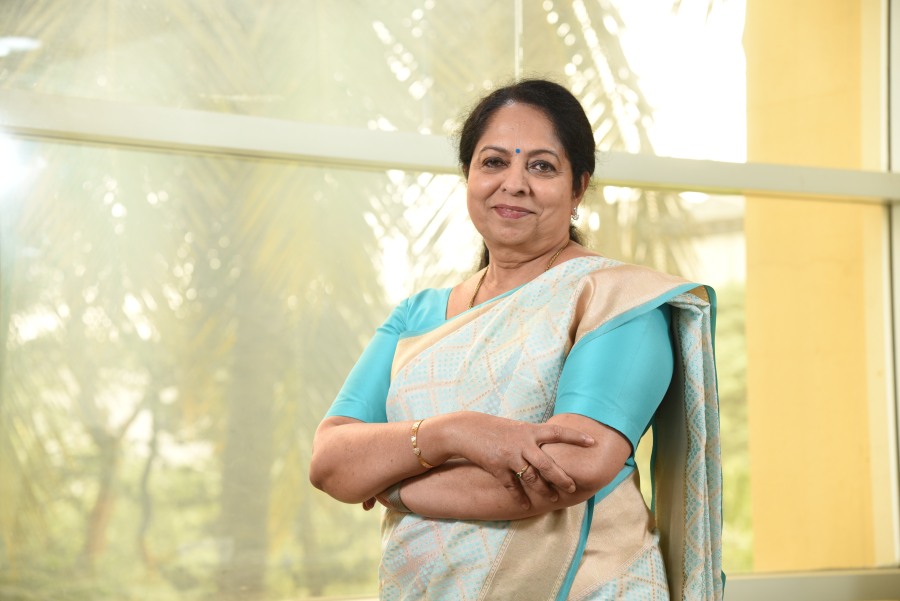
.jpg)
